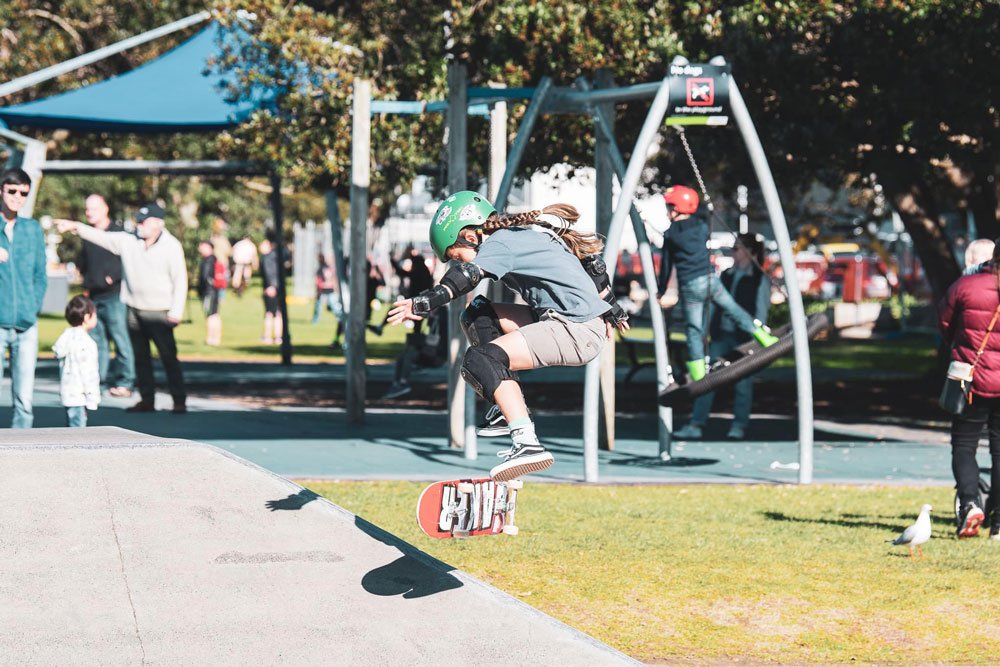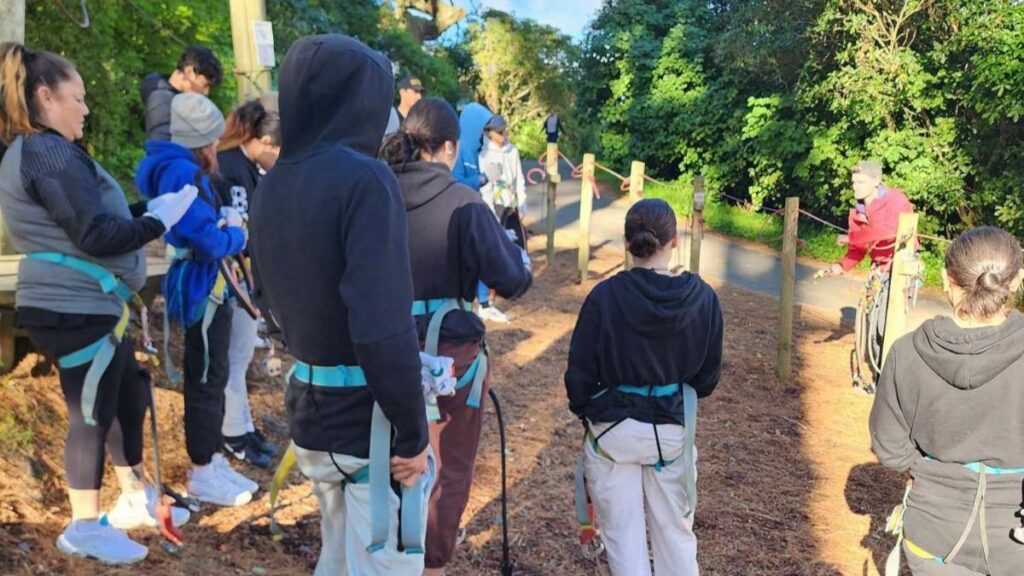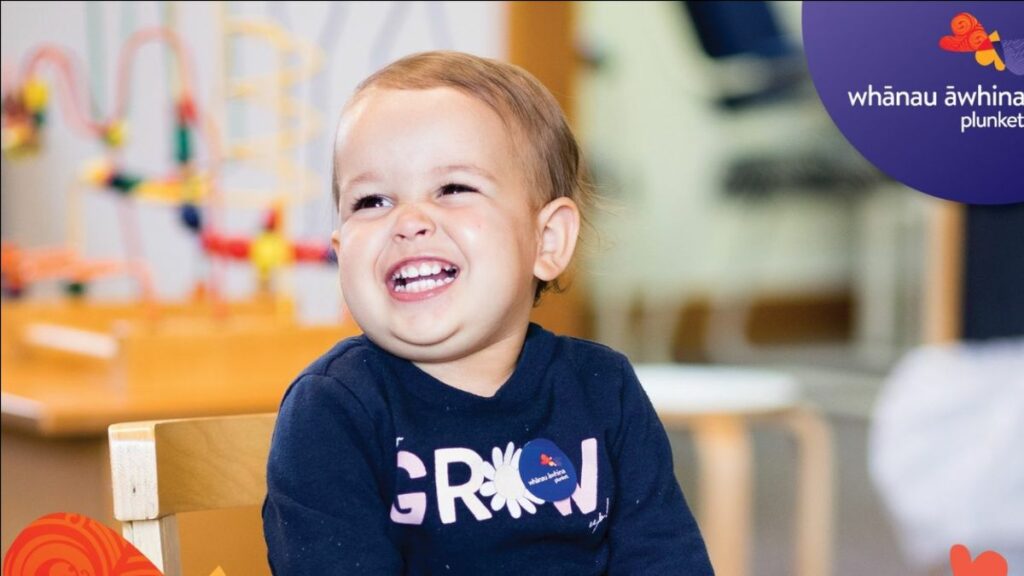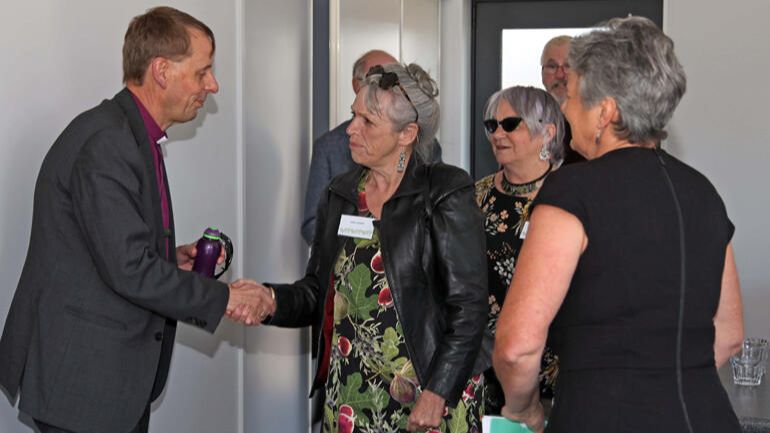Introducing Child Rich Communities’ Learning Cluster 2025-2026
Across Aotearoa, local communities are leading the way in creating places where children and young people thrive. To better understand what truly supports child and youth wellbeing, we’re walking alongside four incredible community-led initiatives, each grounded in place, passion, and a vision for better outcomes for tamariki, rangatahi, and their whānau.
Over the next 18 months, these four sites will share their experiences, challenges, successes and insights. Through regular connection and shared learning, we’ll be building a collective story of what child-rich community development looks like in action, and how it can shift systems and support long-term wellbeing.
Meet the learning cluster and follow their journey below.

Community-Led Change in Action
Our Learning Cluster is now underway, with monthly one-on-one sessions at each site, and group hui every three months. This is a co-learning journey, an opportunity for deep reflection on how we can better enable children, rangatahi and whānau to know their value and place in community.
This is about generative, not depreciative, thinking and action—a crucial mindset shift if we’re to support mokopuna to thrive in an uncertain future.
We know tamariki are shaped by their environment. While there’s growing awareness of the importance of the first 2,000 days of life at home, less attention is paid to the role of community in laying the foundation for lifelong wellbeing.
We’ve seen that when children, youth and whānau are connected, valued and empowered as vital members of their communities, a deep resilience and enduring health follows—despite the changing tides of politics or social pressures.
Community action focused on children has a ripple effect—strengthening whānau connections and growing lasting relationships. When mokopuna are central, whānau gain confidence and space to make decisions, reclaim power, and spark system-level change for stronger communities.
This approach requires a shift from top-down service delivery to one that is part of systems change and community development. It means trusting that whānau and mokopuna already hold the answers—if we create space, listen deeply, and challenge where our own trauma or organisational blind spots might get in the way.
Child Rich Community practices may seem simple, but true change happens when people and organisations go beyond good intentions—seeing children as taonga and embracing their leadership. That’s when we see cycles broken, stories rewritten, and lasting wellbeing achieved with and by communities.
What we’re learning
Every few months, we’ll share gems and insights from our Learning Cluster sites. This month we spotlight:
🔹 Guild Street Community Housing Village, Ōtautahi
🔹 The Dunedin Plunket Hub – Kotahitaka, Ōtepoti
Both are creating child-rich places, but in different ways. At Kotahitaka, the focus is on whānau-led design of services and a welcoming community space. At Guild Street, it’s about long-term commitment to a child-centred neighbourhood—not just housing, but community building.
Despite their differences, both sites are driven by a clear intention: empowering whānau and mokopuna to be self-sustaining, resilient and well. One recurring theme? Engagement—and how to do it well.
Top tips for meaningful engagement with tamariki, rangatahi and whānau
Listen deeply and show how their voices shape outcomes
Create welcoming environments with diverse ways to engage
Build trust through honest, inclusive communication
Let children and youth lead, listen, respond, and follow their ideas
Be consistent and present. Do what you say you’ll do
Have a dedicated person to hold this focus across tamariki and rangatahi
More about our Learning Cluster sites

Anglican Care Waiapu’s Whānau Aroha Early Childhood Centres provide a place of belonging, kinship, and support for whānau in high-needs communities. By integrating kai, transport, advocacy, and connections to wider services, these centres are designed to uplift families alongside their tamariki. Through the Learning Cluster, ACW hopes to deepen its commitment to community-led approaches, empowering whānau to take an active role in shaping the future of their centres and building leadership from within.

Te Pae Urungi, part of Wesley Community Action, is based in the Eastern suburbs of Te Whanganui-a-Tara, Wellington, creating a space where community voice is valued and whānau are supported to achieve their aspirations. The team works closely within their communities, nurturing strong relationships to foster leadership through fitness, wellbeing, personal development, and advocacy. Through the Learning Cluster, they hope to create space for reflection, share their learnings more widely, and continue evolving their mahi to support tamariki in growing their hopes and aspirations within whānau.

The Dunedin Plunket Hub – Kotahitaka, Ōtepoti is a central space in South Dunedin where whānau with tamariki under five can access wraparound support. Bringing together clinical and community teams, the hub offers well-child checks, whānau connections, injury prevention, home safety advice, and home help services. Through the Learning Cluster, they aim to strengthen community connections, ensuring whānau have a voice in shaping the hub as a welcoming and supportive space.

A Place Called Home – Guild Street Community Housing Village, Ōtautahi, led by Christchurch Methodist Mission, is more than just housing, it integrates social support and community development, creating a stable and supportive environment where whānau and tamariki can thrive. Through the Learning Cluster, they aim to deepen their reflective practice, strengthen connections with like-minded initiatives, and enhance the use of community-led development tools to further support whānau and tamariki.
Whaowhia te kete mātauranga. Fill the basket of knowledge.
We honour all those communities and organisations who have shared their practice and wisdom with us. Nau mai haere mai e te whānau! We are excited about paddling this waka with you.
